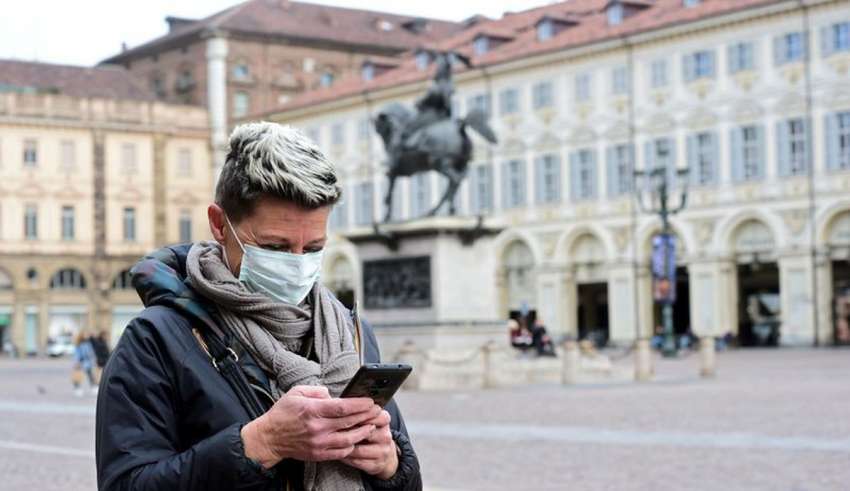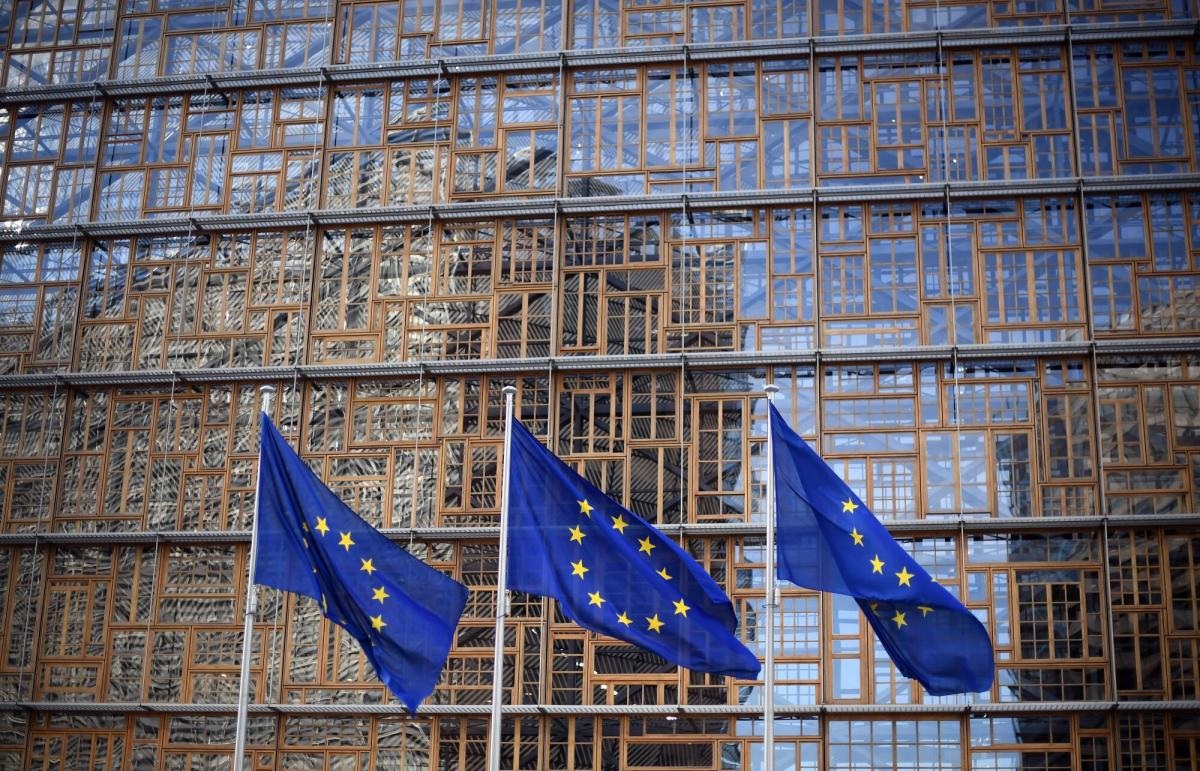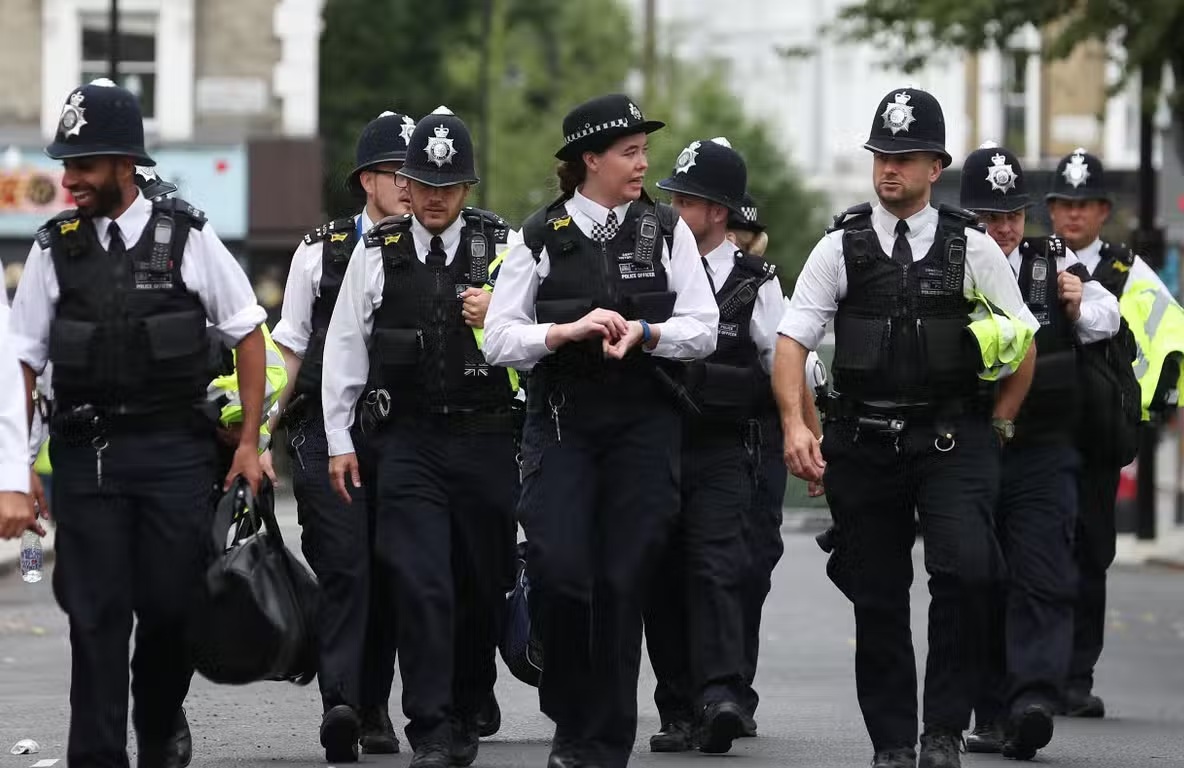European Centre for Counterterrorism and Intelligence Studies – ECCI
Coronavirus Pandemic Prompts Privacy-Conscious Europe to Collect Phone Data
European countries are using mobile data to measure public compliance with social distancing orders
By Jeremy Hsu , spectrum
Amid the coronavirus pandemic, even privacy-conscious European governments have asked telecom companies for residents’ phone location data in hopes of understanding whether national social distancing measures such as stay-at-home orders and business closures are having any effect on the spread of COVID-19.
Some of the hardest-hit countries, including Italy and Spain, are now open to proposals for mobile apps that can make contact tracing more efficient and alert people who have come into contact with someone infected by the novel coronavirus.
Europe’s growing embrace of mobile data comes as many Western governments struggling to slow the spread of the coronavirus seek inspiration from early Asian success stories in containing outbreaks. South Korea, Taiwan, and Singapore have used cell phone records and, sometimes, mobile apps in government efforts to aggressively track, notify, and quarantine people at risk of becoming infected.
But some public health researchers are concerned that growing government interest in mobile data overlooks more fundamental reasons for success in detecting and containing coronavirus outbreaks early.
“The reason that South Korea, Taiwan, and Singapore were able to get their outbreaks under control quickly was because they tested everybody and they did contact tracing,” says Susan Erikson, a medical anthropologist at Simon Fraser University in Burnaby, Canada. “These are tried and true public health methods.”
Erikson, who worked with local populations in West Africa during the 2014 Ebola epidemic, points out that Germany currently has one of the lowest case fatality rates in the world. Like the Asian success stories, Germany tested for the coronavirus early and broadly while also doing contact tracing. “That’s how you bring an end to pandemics,” Erikson says.
“When we assess value added, return on investment, and opportunity costs, call detail record data use in a pandemic just doesn’t measure up,” Erikson says. “It doesn’t produce the kind of public health results needed quickly enough to justify what a heavy lift it is.”
Nevertheless, some European countries have started collecting and analyzing mobile data from telecom companies—anonymized records aggregated on a group rather than individual level for privacy reasons. They’ve convened either official government task forces or more informal coalitions of public health experts, data scientists, telecom operators, and data privacy experts. Researchers involved in such efforts recently coauthored a preprint paper [PDF] titled “Mobile phone data and COVID-19: Missing an opportunity?” that called for more organized approaches to making use of mobile data during public health crises.
Many European governments are interested in seeing how well the public is complying with restrictions on movement and public gatherings. Italy, the country with the most confirmed deaths from the pandemic, made use of mobile data from major telecom companies to see whether people were obeying initial lockdown efforts in northern Italy. The government eventually decided to strength its lockdown efforts and expand them nationwide.
“We realized, for example, that too many people were still around in Lombardy,” says Bruno Lepri, head of the Mobile and Social Computing Lab at the Fondazione Bruno Kessler research institute in Trento, Italy, and coauthor on the paper. “Something like 35 percent or 40 percent of the people were still going to work every day and it was too much.”
Click here for additional coronavirus coverage
Spain, the country with the second-highest confirmed death toll, has built a government task force based upon a prior initiative between the government’s National Statistics Institute and major telecom companies, says Nuria Oliver, director of research in data science at the Vodafone Institute for Society and Communications, and coauthor on the recent paper.
The Spanish task force is piloting a new COVID-19 initiative focused on the autonomous community of Valencia—the region where Oliver lives—that uses mobile data to track general trends in local population movements during Spain’s national lockdown. The mobile data from the telecom operators involved covers more than 80 percent of Spain’s population, which means the data doesn’t quite reflect everything that’s happening. “If we have the technology to do this, even if you know its limitations and potential biases, it’s better than having nothing,” Oliver says.
Despite the imperfect data, it’s a big moment for Oliver and her fellow researchers. Many of them have spent years publishing studies about hypothetical use cases for mobile data during outbreaks, only to stand by on the sidelines in frustration as different diseases came and went. But this time, the government task forces in Spain and other countries could mark a change in bureaucratic mindsets.
For her part, Oliver has been working for 18 hours each day on COVID-19 data projects in both Spain and in Belgium. Belgium’s case and death counts during the pandemic remains lower than those of many European countries, but it’s also at an earlier stage of the outbreak’s progression. Still, the Belgian government on 13 March created a “Data Against Corona” task force that’s currently processing the mobile data of nine million out of the country’s 11 million people.
Belgium’s government task force has already released analyses showing that the national restrictions have reduced the average Belgian’s number of trips outside of their home zip code area by more than 50 percent, and that Belgians now spend more than 80 percent of their time within their home zip codes. The government has used such data to help decide whether to maintain, strengthen, or reduce social distancing measures.
The task force might even use such data to investigate public reports of so-called “lockdown parties” where younger people flout national confinement measures, says Sébastien Deletaille, a digital health entrepreneur and member of the Belgian government’s Data Against Corona task force, and coauthor on the paper. The task force has proposed using phone location data based on the nearest cellphone towers to detect large group gatherings of hundreds of people at a zip code level, so that they can count the number of such gatherings nationwide to see if this is a significant phenomenon.
However, he also emphasized that such mobile data would still be used in an anonymized and aggregated manner to avoid compromising privacy. Whatever the task force’s proposal for using such data, it still requires authorization from the Belgian data protection agency responsible for implementing and enforcing the European Union’s privacy laws under the General Data Protection Regulation (GDPR).
With GDPR to consider, European countries remain hesitant to embrace the more aggressive tracking and sometimes publicizing of personal data seen in South Korea, China, and other Asian countries.
“Nowhere in Europe are we working on tracing individuals without consent and publishing maps of poor-performing areas in regard to mobility reduction—it’s the type of stigmatization that, for the moment, Europe has been fighting against,” Deletaille says. “And so we’re trying to find this right balance between getting the value and making sure that our politicians have the right information to make decisions, but balancing that with respecting people’s privacy.”
“We’re trying to find this right balance between getting the value and making sure that our politicians have the right information to make decisions, but balancing that with respecting people’s privacy.” —Sebastian Deletaille
The question of privacy may become even more crucial as governments begin thinking about how to identify the second possible wave of coronavirus infections that would likely accompany attempts to reopen local businesses and economies, Lepri says.
Italy, Spain, and Belgium are among the European countries considering the possibility of digital contact tracing through mobile apps that could notify people if their paths had crossed recently with any confirmed coronavirus cases. Italy’s political leaders in particular are looking to improve contact tracing in this next phase of the Italian outbreak, given that the national lockdown measures have been showing signs of slowing the coronavirus spread within Italy.
“We are in a stage that is really complex, and so people want every kind of technology that is a way to solve these things,” Lepri says. “And I think we need to be a little bit cautious on this, because the technology is not a magic solution, so it needs to be properly used.”
One possible example of such an app comes from the Pan-European Privacy-Preserving Proximity Tracing project that aims to record connections between smartphones rather than use more common location data such as GPS. The emphasis on preserving public trust matters, especially in liberal democracies that are less inclined to strong-arm their populations into following public health restrictions or medical advice. And so the European researchers have emphasized the need to start out with strong privacy protections in place.
“If we need to move towards a trade-off in favor of effectiveness and in exchange of potentially some privacy sacrifices, then we do that in a phased approach, and that would be communicated transparently to the overall population,” Deletaille says. “And that’s how we’re going to ensure that the trust remains in the system and that we don’t foster mass surveillance.”
But beyond privacy concerns, there are other challenges for many countries trying to use phone records and app location data to understand how diseases might spread among their populations. For example, the phone record data being used by the Belgian task force does not capture the movements of at least two million Belgians, and the location data is based on the nearest cell tower antenna rather than GPS coordinates, Deletaille says. Still, he believes such mobile data brings “tremendous value versus no visibility whatsoever” for governments and researchers.
In general, lower levels of cell phone ownership and spotty mobile network coverage can complicate attempts to gain insight from mobile data in both under-resourced countries and some parts of wealthier countries. Some people, such as migrants or those who are homeless or impoverished, may lack reliable phone access.
“We know that there is a data bias in who has a cell phone, who does not, and what is being tracked,” says Patrick Vinck, research director of the Harvard Humanitarian Initiative at Harvard University, and coauthor on the recent paper. “And that is an issue when we talk about some of the most vulnerable groups in this pandemic—elderly people who may have different mobility patterns and different cell phone usage.”
Lower levels of cell phone ownership and spotty mobile network coverage can complicate attempts to gain insight from mobile data.
This approach can get even more complicated in some countries where one person is not always the owner of a single phone. A previous attempt to use phone data to track the movement patterns of people during 2014 Ebola epidemic in West Africa failed in large part because the researchers did not understand how people used phones in countries such as Sierra Leone, Erikson noted. For example, some professional workers owned multiple phones because calling outside a single telecom provider’s network was more expensive than owning four separate phones.
“Cell phones are loaned, traded, and passed around among family and friends,” Erikson wrote in a paper published in the September 2018 issue of the journal Medical Anthropology Quarterly. “In rural parts of the country, a single phone can be shared by an extended family, a neighborhood, or a village.”
Erikson remains skeptical of the value of governments spending time and resources on collecting and analyzing phone records during a pandemic. She points out that a transparent health system should already enable governments to get timely reports about whether a particular hospital, clinic, or neighborhood is getting overwhelmed during the start of a pandemic. “Cell phone data can only confirm concentrations of people, not confirm concentrations of sick people,” Erikson says.
She also questions the value of using phone data to estimate public compliance with national restrictions on movement and group gatherings, given that there are already less high-tech ways for local officials and law enforcement to keep an eye on public movement and gatherings and react accordingly.
“After a pandemic has passed, retrospective research analysis of compliance and social distancing could be interesting,” Erikson says. “But for me, interesting doesn’t cut it in the middle of a pandemic.”
The researchers working in European government task forces and coalitions agree that there is no one mobile data approach that works for all governments and countries grappling with the COVID-19 pandemic. But they hope their paper and efforts can spur more governments to begin systematically evaluating the relative success and failure of different approaches to making use of phone data. Such systematic assessment could go a long way toward showing whether mobile data initiatives can prove their worth during the pandemic.
“You need to continuously assess whether what is being done is correct or not correct, and whether the dataset limitations are too big,” Vinck says. “Because there is a point where bad data is actually worse than no data.”
And the researchers don’t plan to rely only upon mobile data from phones in helping to guide their respective governments during the pandemic. As part of the Spanish government task force, Oliver decided to address gaps in the existing data by creating a 24-question survey for citizens that asked them about their social contact behavior, the economic impact of the pandemic and national confinement measures, and their personal experience of mostly being confined at home. Within 24 hours of the online survey’s debut, 120,000 people had responded.
“So we have now this very rich data set that we are analyzing,” Oliver says. “And it’s trying to fill the gaps that other data sources like the mobile data don’t fill.”
European Centre for Counterterrorism and Intelligence Studies – ECCI




